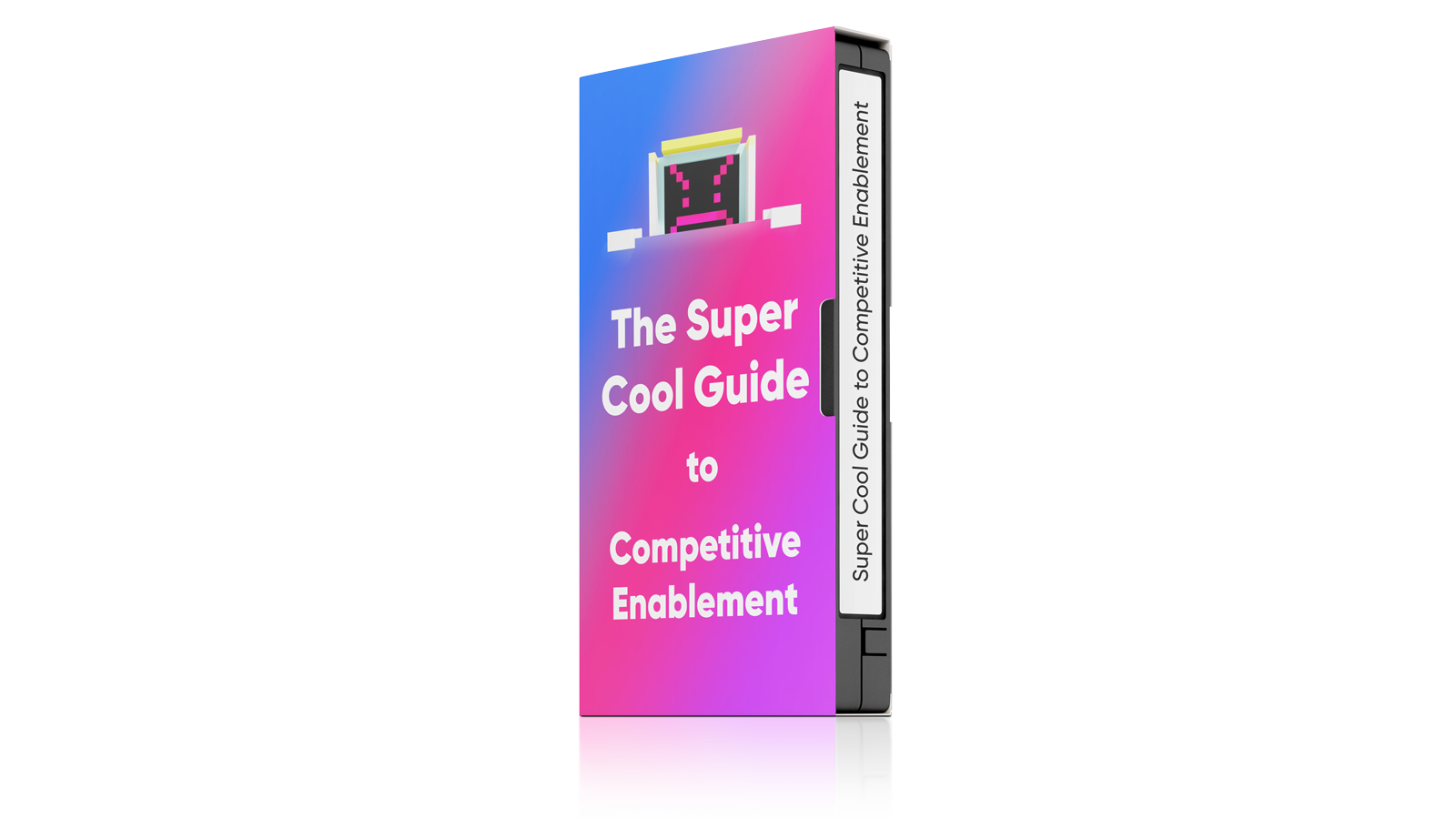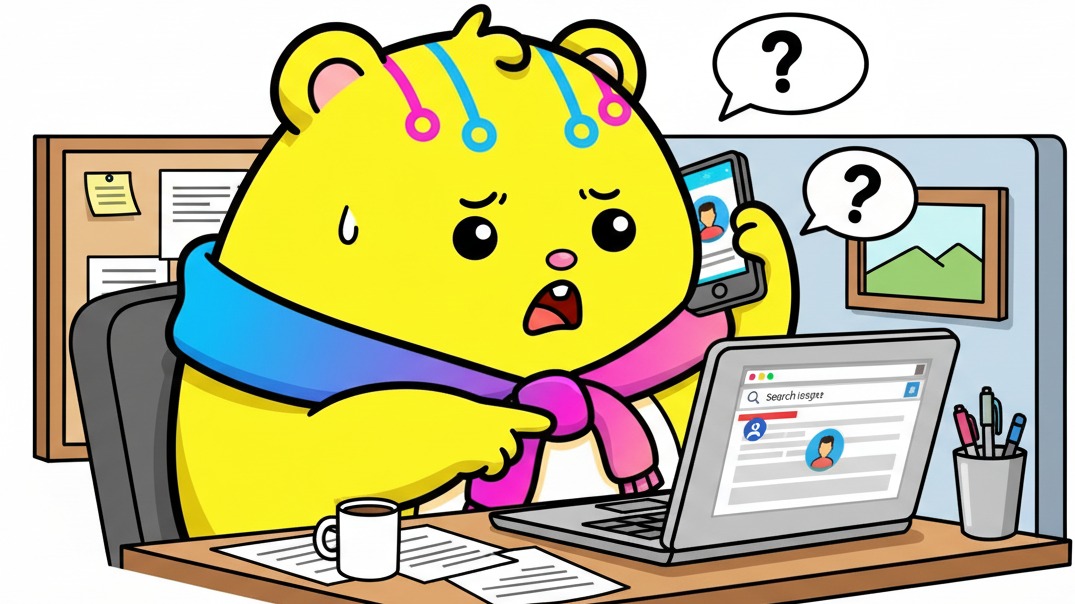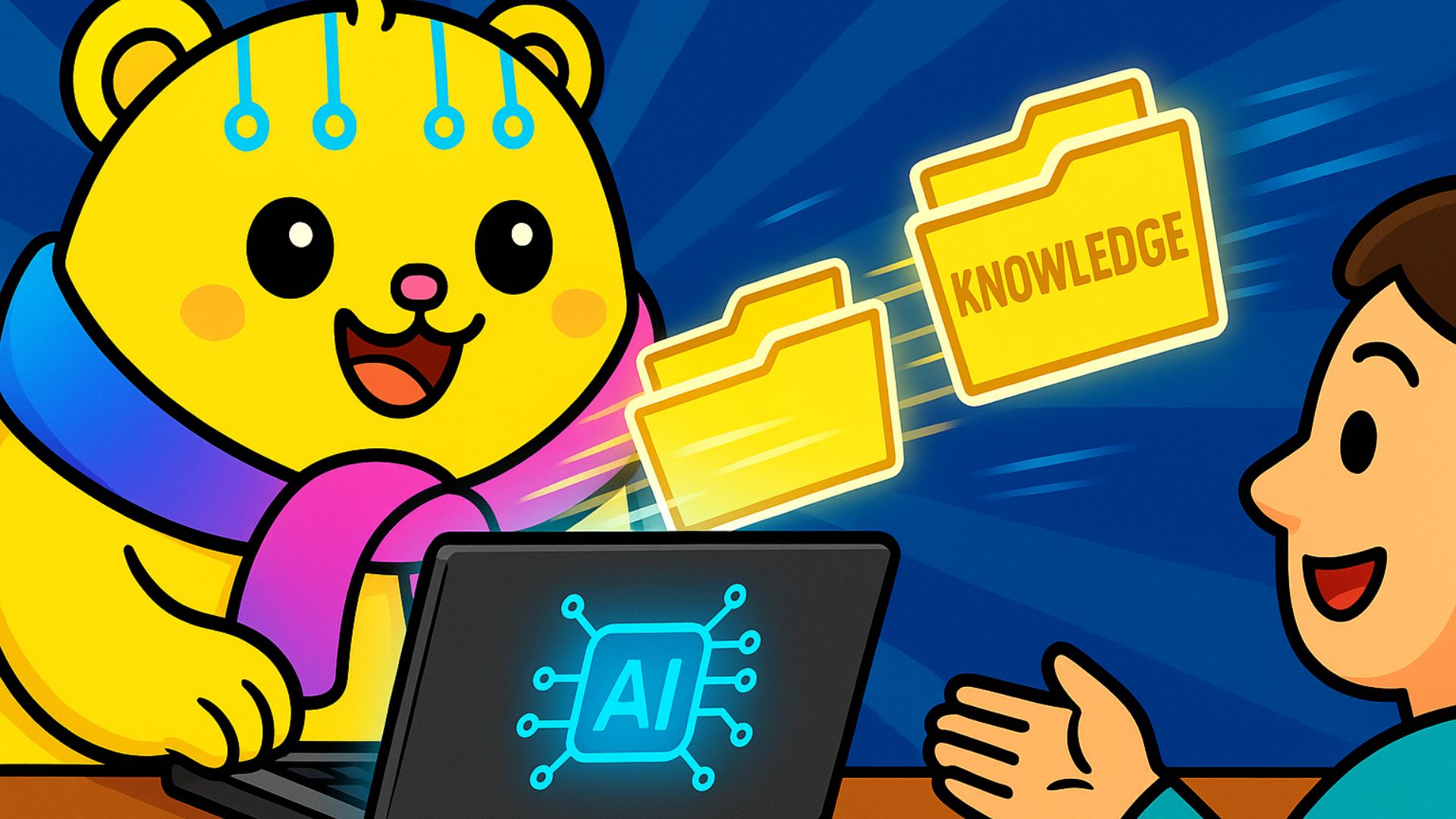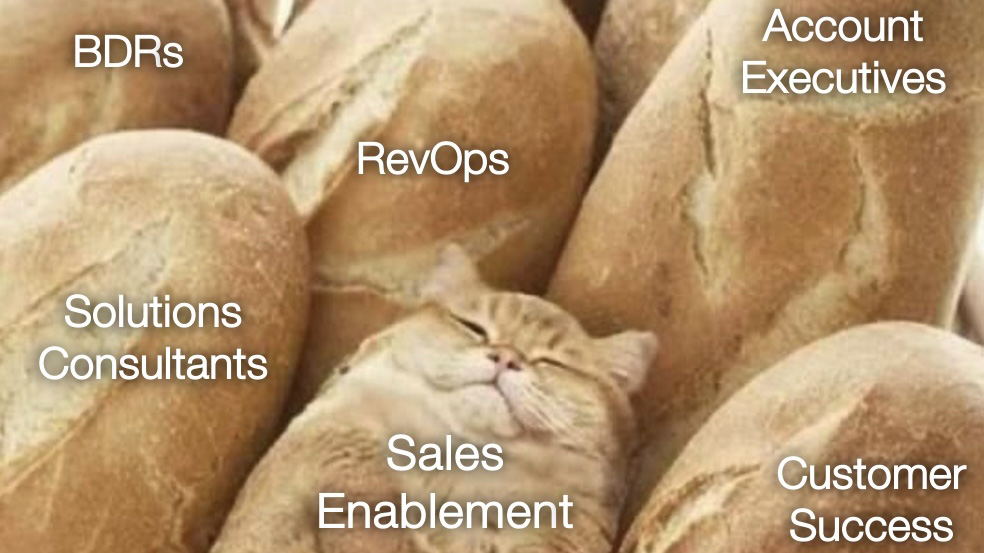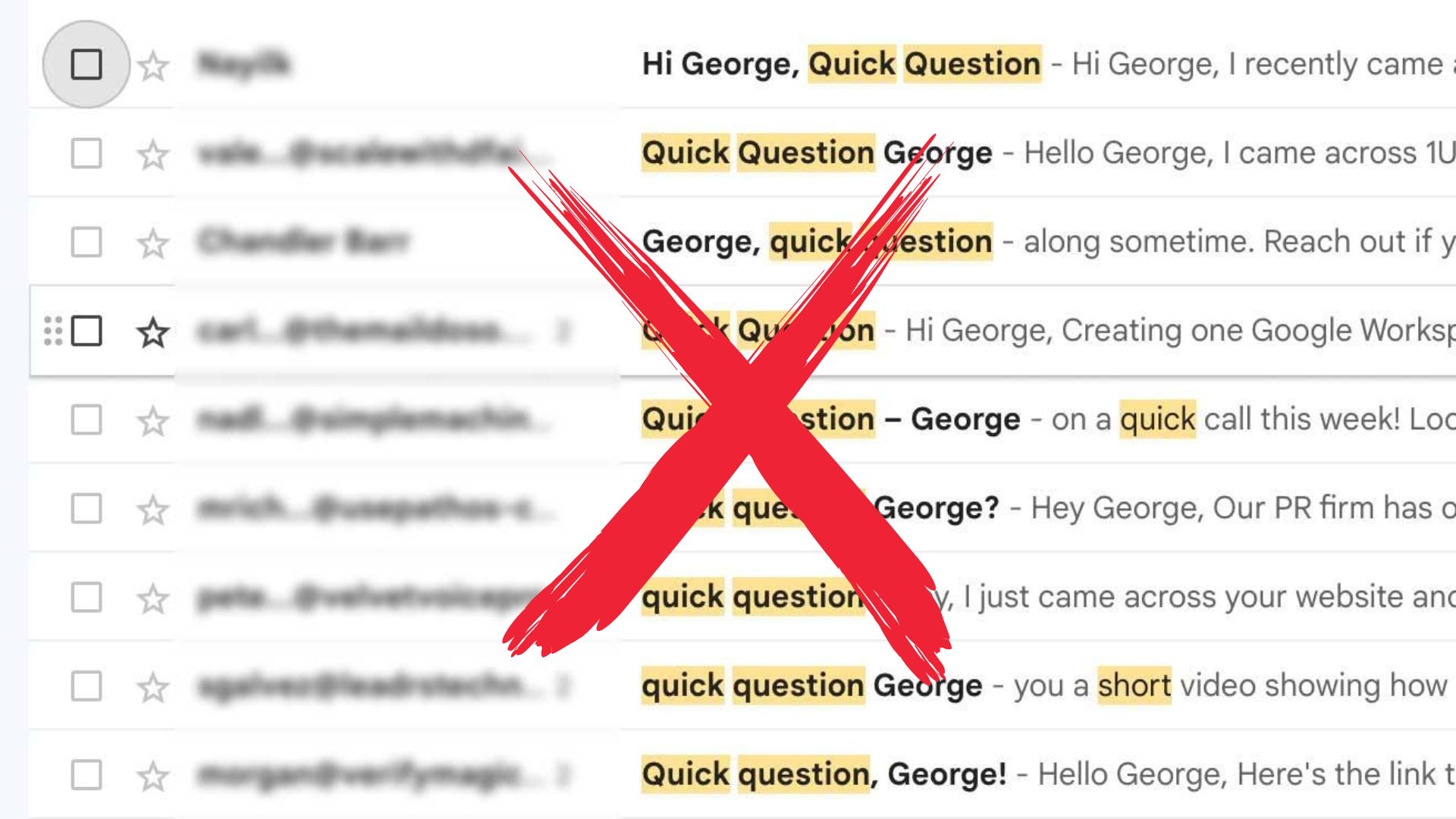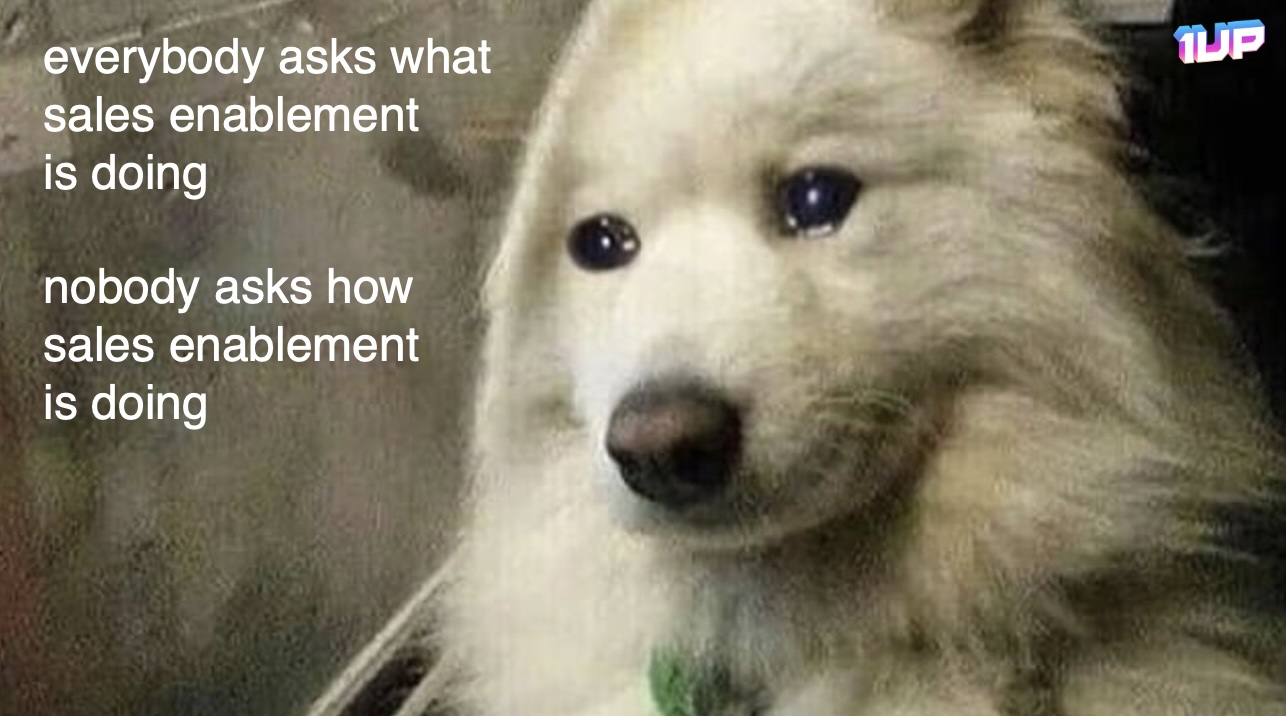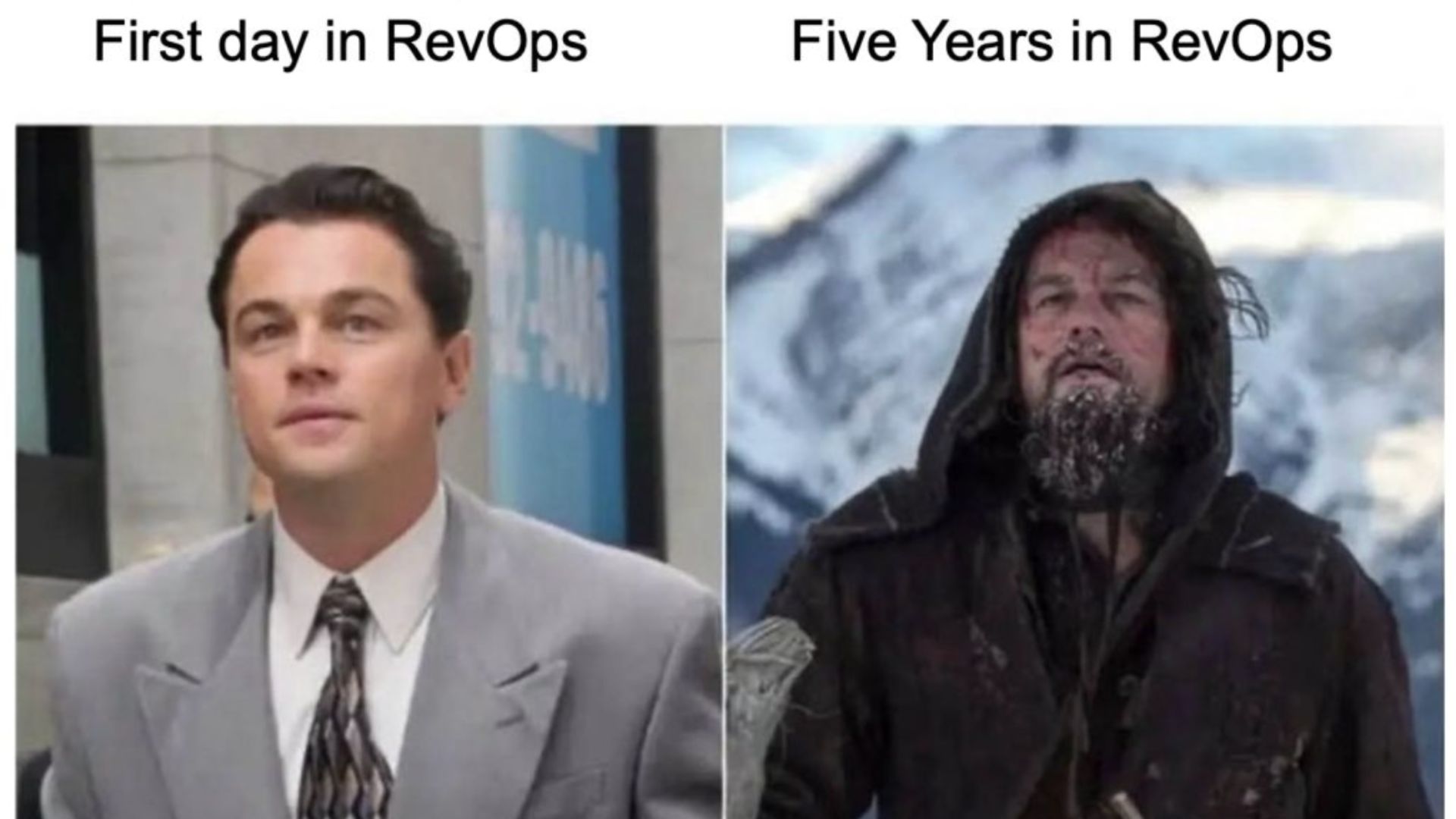Welcome to The Super Cool Guide to Competitive Enablement. It’s your no-fluff, actionable playbook for turning competitor insights into real revenue wins.
When you’re dealing with crowded markets, knowing what your rivals are up to isn’t optional. It’s essential. Whether you’re tracking product launches, pricing changes, or ad campaigns, competitive intelligence helps you make smarter moves, faster.
But competitive intel alone isn’t enough. This guide shows you how to operationalize that data across sales, marketing, and product teams. In short: competitive insight.
From battlecards to AI-powered insights, we’ll walk you through the sales enablement content you need to know to stay one step ahead… and make it look easy.
Key Takeaways
- Competitive enablement turns raw intel into actionable insights across sales, marketing, and product teams.
- AI-powered tools simplify competitor tracking and content delivery, saving time and boosting efficiency.
- Identifying and differentiating direct vs. indirect competitors is critical for smarter go-to-market strategies.
What is Competitive Intelligence?
Competitive intelligence refers to the process, tools and methods used by a business to analyze competitors.
Your business has competitors. You watch them.
You’re paying attention because you want customer success and business growth.
Perhaps your competitive strategy includes learning their pricing, product messaging, employees, and customers. Think about the competitive content you’d like to learn about the top contenders in your field.
Now think about the bits of information that will help your sales team close more deals. Or, inform your product teams what to build. Or, guide your marketing org on what campaigns they should run.
Now add SEO, PPC, ad campaigns, marketing collateral, product demos – any piece of competitor can think of.
The sum of all these signals is competitive intelligence.
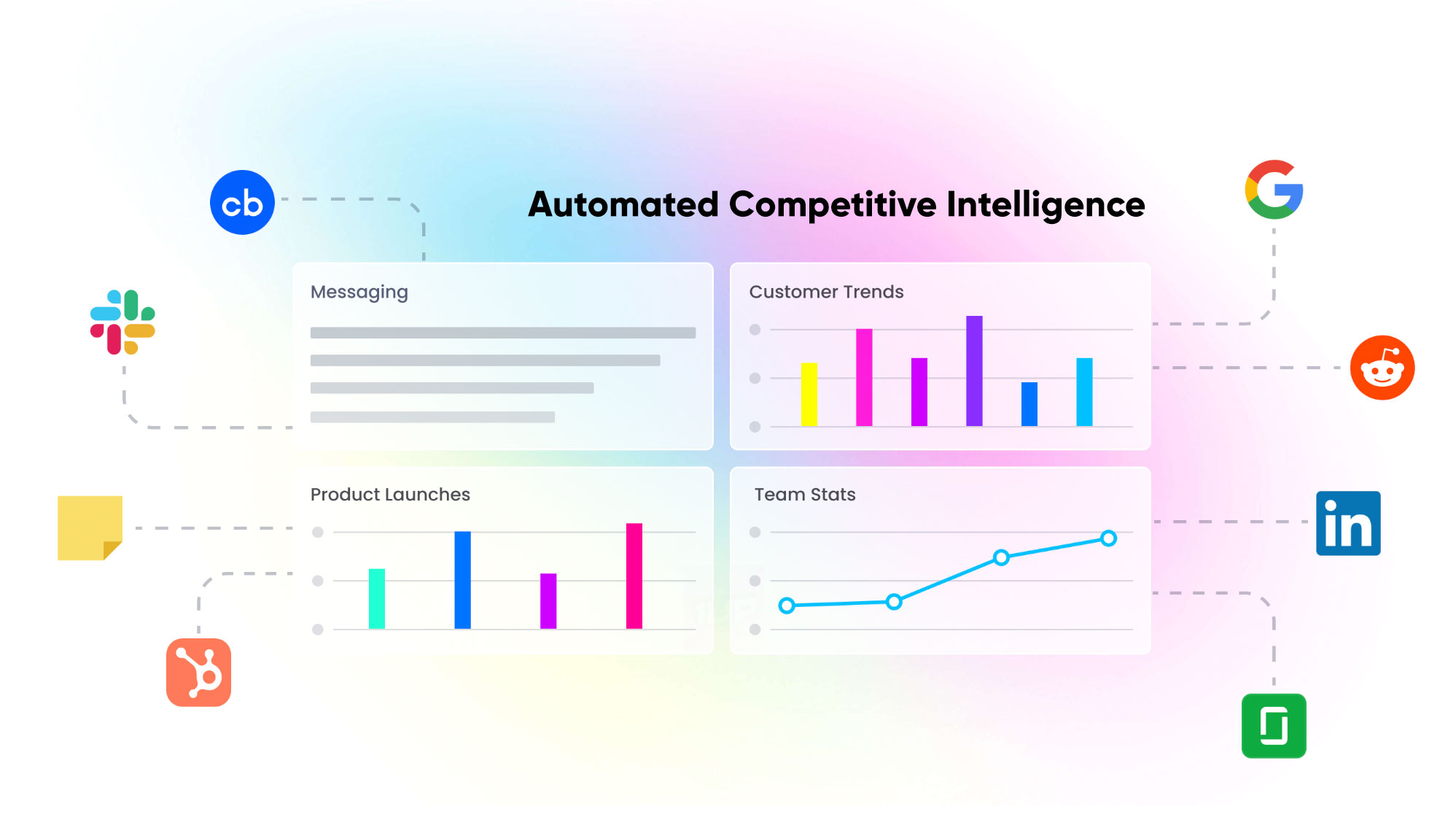
Who are my Competitors?
Identifying your competitive advantage isn’t always easy. It’s largely influenced by the maturity of your industry and market trends. A mature market might have dozens of businesses engaged in a heated rivalry. For example, ad-tech companies are up against hundreds of other players.
In a mature arena it’s best to focus on the top 3-5 businesses that have the greatest threat to revenue within each geographic region.
Lani Leuthvilay, Senior Director of Product Marketing – PlainID
For newer, category-creating products – understanding the competitive landscape can be tricky. A nascent product won’t have many direct competitors but it might come up against legacy vendors who compete for the same budget.
If you’re unsure whether someone is a competitor, ask yourself this question:
“If customers don’t purchase my solution, where else would their budget go?” The answer to this could be a combination of other products or another market incumbent. Your competitor is the business to which the money flows.
The Role of Competitive Intelligence Software
Manually gathering information about other businesses is a time-consuming task.
Competitive Intelligence software enables a business to keep track of activity and helps guide decision-making on how to better serve customers. For example, SEMRush helps Marketing Teams monitor competitors across Google Search and Ad Campaigns. That information makes its way into assets like sales battlecards, which get distributed to the GTM team.
When combined with an automated sales enablement tool, this content makes it easy for sales teams to ask questions about their competitors:
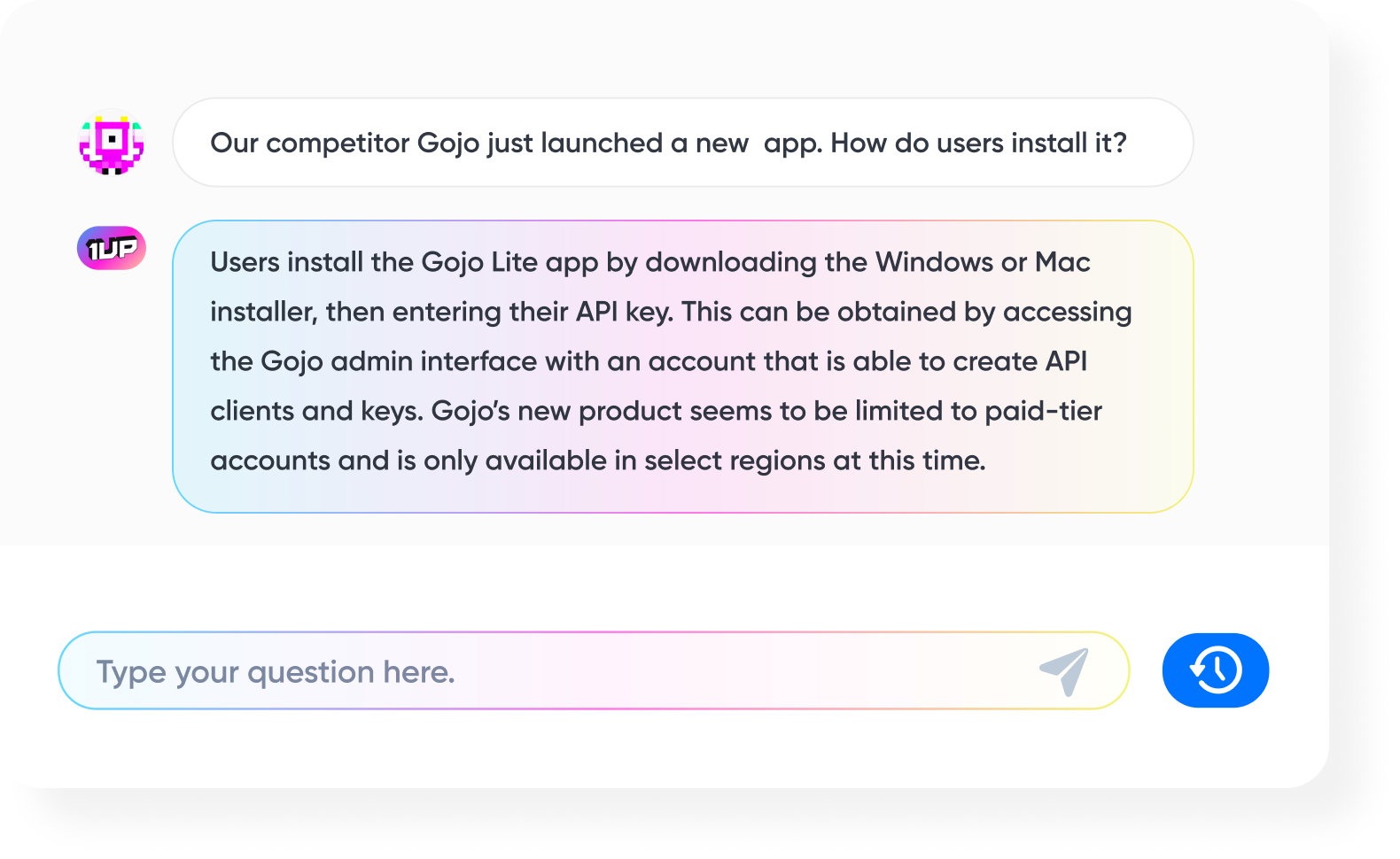
Automating Competitor Intelligence Across Your Sales Team
There are many tools available that can help track everything from SEO to ad campaigns to news and social media. You can pretty much use software to analyze what your competitors are doing in real-time and answer questions like:
- What are they building?
- What are they saying?
- Who are they hiring?
- Who are they firing?
- Where are they headed?
The answers to these queries lie in a combination of first and third-party data sources. These can include customer reviews, social networks, marketing channels, and even internal sales notes.
Here’s a demo of how a tool like 1up helps sales and marketing teams automate competitive intelligence and making it easily accessible:
AI Has Made it Easier to Digest Lots of Data
Identifying gaps in the market is a time-consuming process. So is checking to see if your competitors are copying your messaging. These laborious, time-consuming, and sometimes difficult tasks can be handled efficiently and effectively by machines, though. And this is where AI comes in. It’s not here to replace sales jobs. It’s here to help. More and more tools are leveraging AI to provide competitive insights you didn’t even know existed.
For example, ChatGPT is already being leveraged by product marketing teams to automate analysis and competitive messaging.
Automating Content Analysis and Knowledge Sharing
Nobody really wants to spend hours watching videos about competitors, reading their marketing collateral, and creating sales battlecards. But in a competitive market, this has been a necessary evil. Using an app to monitor competitors can significantly minimize the effort required by automating the ingestion of marketing collateral, product launches, hiring trends, news, and more.
The next step is to automate the delivery of knowledge.
“What should I say about the competition when they bring up pricing?” — a question your sales team asks every day.
Making CI available to them where they work is a huge win. How do you do that? By delivering intel across the sales and marketing stack – Salesforce, Hubspot, Slack and Microsoft Teams – wherever your GTM org lives. This brings us to the concept of competitive enablement.
What is Competitive Enablement?
You’ve gathered information about your competition. Great. Now how can you use that data to help your team succeed in the field? Even the most thorough competitor research isn’t enough. It’s not actionable.
Competitive enablement is the process of transforming Intelligence into Sales Enablement.
This is the part many organizations get wrong. They fail to bridge the gap between collecting valuable data and its utilization by the Go-To-Market teams.
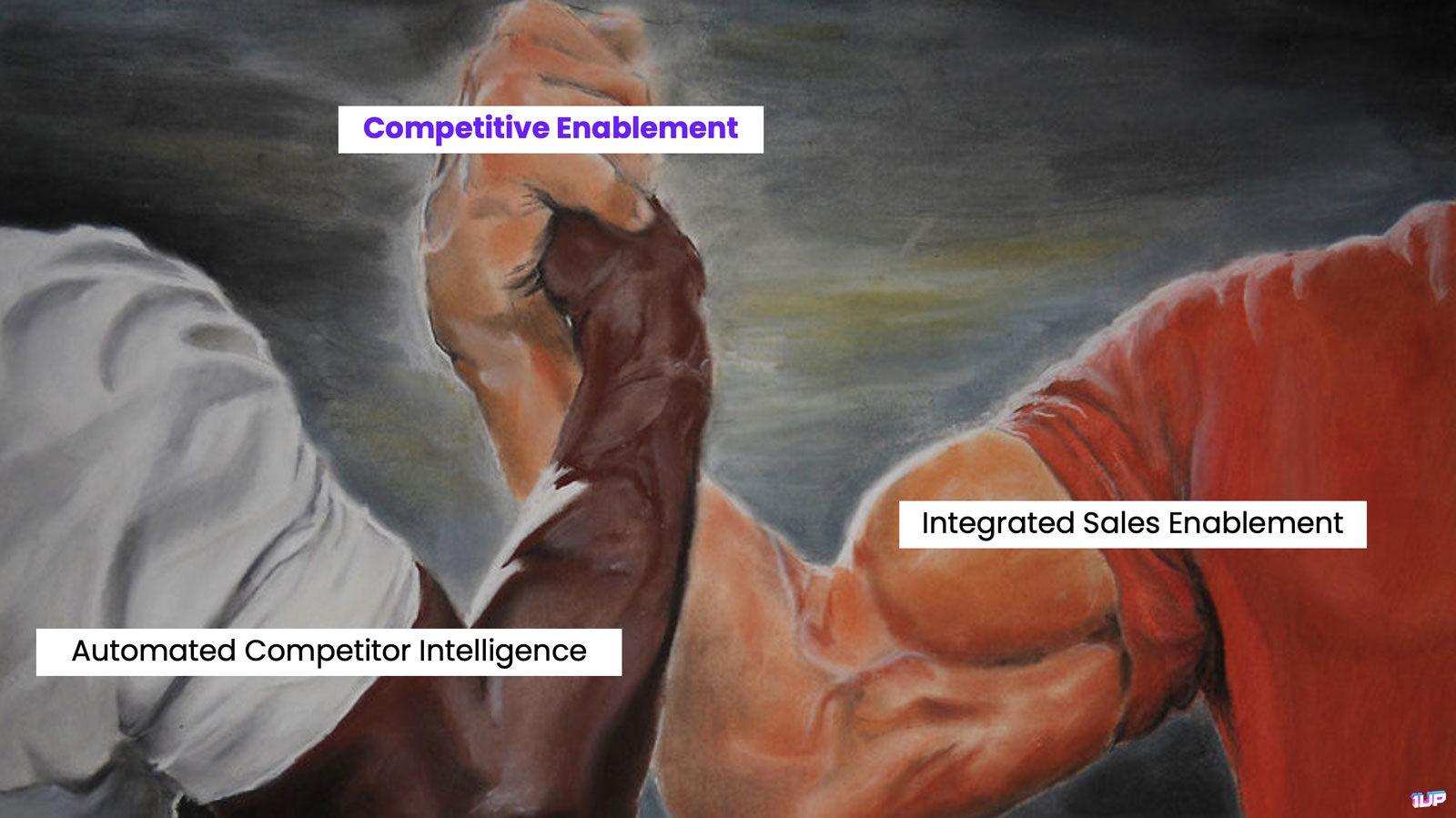
Driving Intelligence Across Your Organization
Did you know that after hiring your tenth employee, someone on the team is regularly checking what your competitors are doing? Every small or medium business (SMB) has people who care about the competition. Whether that’s product managers, marketing leaders, or sales reps depends on the stage & size of the company and the context.
Regardless of who or how the intelligence is being used, good competitive enablement will impact your GTM teams in different ways:
Product Marketing Teams
Product marketing managers (PMMs) are often tasked with monitoring products, features, and messaging to ensure products can stand out amidst all the noise. In fact, a great PMM might even be the ‘Competitor Analyzer’ on your team, responsible for generating sales battlecards and assets that can be used in the field. Worse, they’re often stuck answering and educating teammates on all things competitor-related.
1up enables product marketers to automate question answering, product analysis, and competitor monitoring – saving hours of manual effort. Using 1up, PMM’s can track messaging, positioning, product features, and competitor collateral with ease. This data is then used to automate questions from the broader Sales & Marketing organization.
Sales Teams
Sales organizations often find that they either have too much CI or none at all. With the right competitive analysis tools, a revenue team can cut through the noise and get insights exactly when they need them. Slack is a great example of how competition can be turned into a conversation.
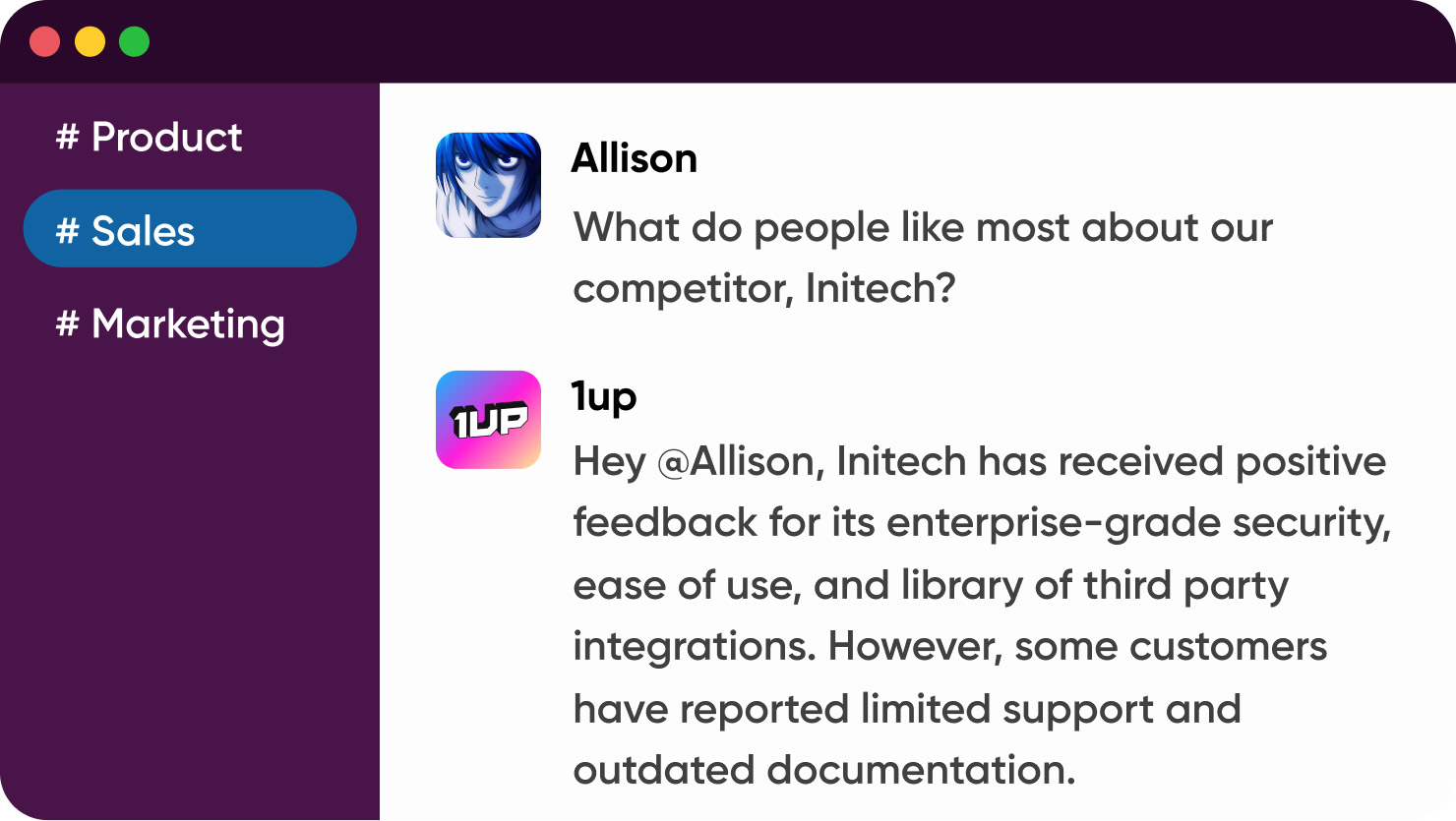
Whether it’s automating responses to an RFP, or answering a customer’s technical question, sales teams are making use of AI tooling to generate answers. The result is a consistent message every time that’s contextually relevant and specific to the competitive question being asked.
Meanwhile, sales operations and enablement teams are tasked with onboarding new hires, and educating new recruits can be painful and time-consuming. With AI, RevOps teams can quickly get new reps up to speed on the competitive landscape with up-to-date and effective content.
Product Teams
We’ve seen it before — developers having to stop what they’re doing to answer a technical question about the competition. A good intelligence tool can prevent this by automating the delivery of responses about competitors so your Sales Engineers can spend less time answering colleagues and more time helping customers.
For product managers, the ability to analyze features, strengths, weaknesses, and customer sentiment in a single dashboard is a big improvement in efficiency. Combining that knowledge with an automated question answering system can significantly reduce the number of distractions.
How to Analyze your Competitors
Focus on automating Competitive Analysis and optimize for speed.
There are many ways to monitor your competition. The traditional ways of doing this involved analyzing competitor products, websites, marketing materials and using some type of framework or template to collect the data. The problem is that doing all this manually can be very time-consuming, especially if you have many competitors.
More and more businesses are using competitor tracking software to automate the process. The idea is once you’ve set up an automated competitive analytics tool, you just sit back and let the data flow. That’s not enough. You need to automate the delivery of that information to your team.
Qualities of a Strong Competitor Monitoring system
- Competitor analytics are refreshed regularly. That means you’re seeing daily, weekly, and monthly updates from a regular stream of intelligence.
- Marketing is under constant surveillance. Monitoring their messaging, content, and performance is difficult for a human but exactly the type of thing a tool can help with.
- Insights are easy to distribute to teams across your organization. Product, Sales, Marketing, and leadership should be able to ask questions about the competitive landscape without jumping through hoops.
How to Identify Your Competitors
Whether you compete with 1 or 100 businesses, you’ve got to start somewhere.
Understanding who your top 5 competitors are is key to building a successful sales program.
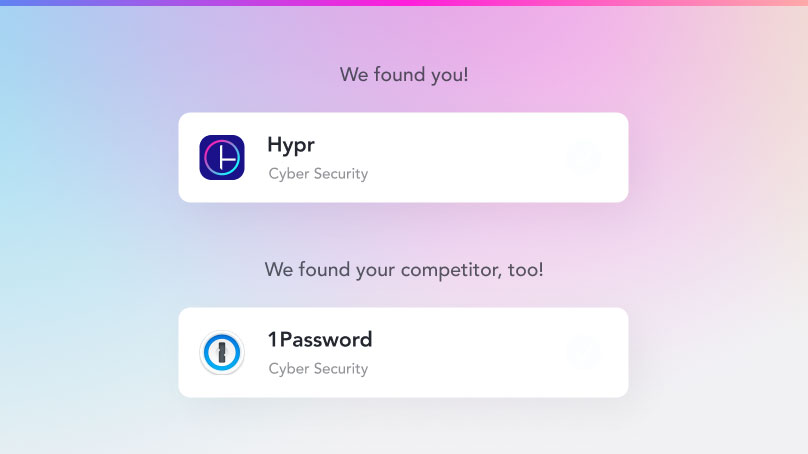
Not all competitors are equal; different types are monitored in different ways. To gather the right data, you first need to understand the role of direct vs indirect competition.
What is a Direct Competitor?
Direct competitors are businesses you go head to head with on a regular basis.
Does their name appear in your CRM often?
Do they come up in most customer calls?
That’s your direct competitor.
These companies will have overlapping messaging and product features. They are likely targeting a similar buyer persona and customer segment as you are.
A great example of direct competitors is Hubspot vs Salesforce in the CRM segment. Both companies target the Sales department with a CRM product. For years Hubspot was known for its marketing tools and Salesforce was a dominant sales platform; today the two giants are competing for many of the same customers with overlapping products.
Want more 🔥 posts like this?
Subscribe to our blog for early access to our best content.
What is an Indirect Competitor?
Indirect competitors are going after the same budget but might not have the same product. You can call them the “wallet-share” competitors.
For example, Microsoft & Okta. Enterprises buy products from both companies and in many situations, the two must work together as partners to make their customers successful. But if you ask them who they think they compete with, both businesses are likely to name each other.
Bonus Term : Co-Opertition
The act of competing with companies you are partnered with. Sometimes you cooperate. Other times you compete.
Indirect competitors can lead to head-scratching moments for your partner and sales teams. It’s important to educate your teams on how to interact with them in any given situation. A good sales Battlecard can help your teams understand how to position against the co-opetition.
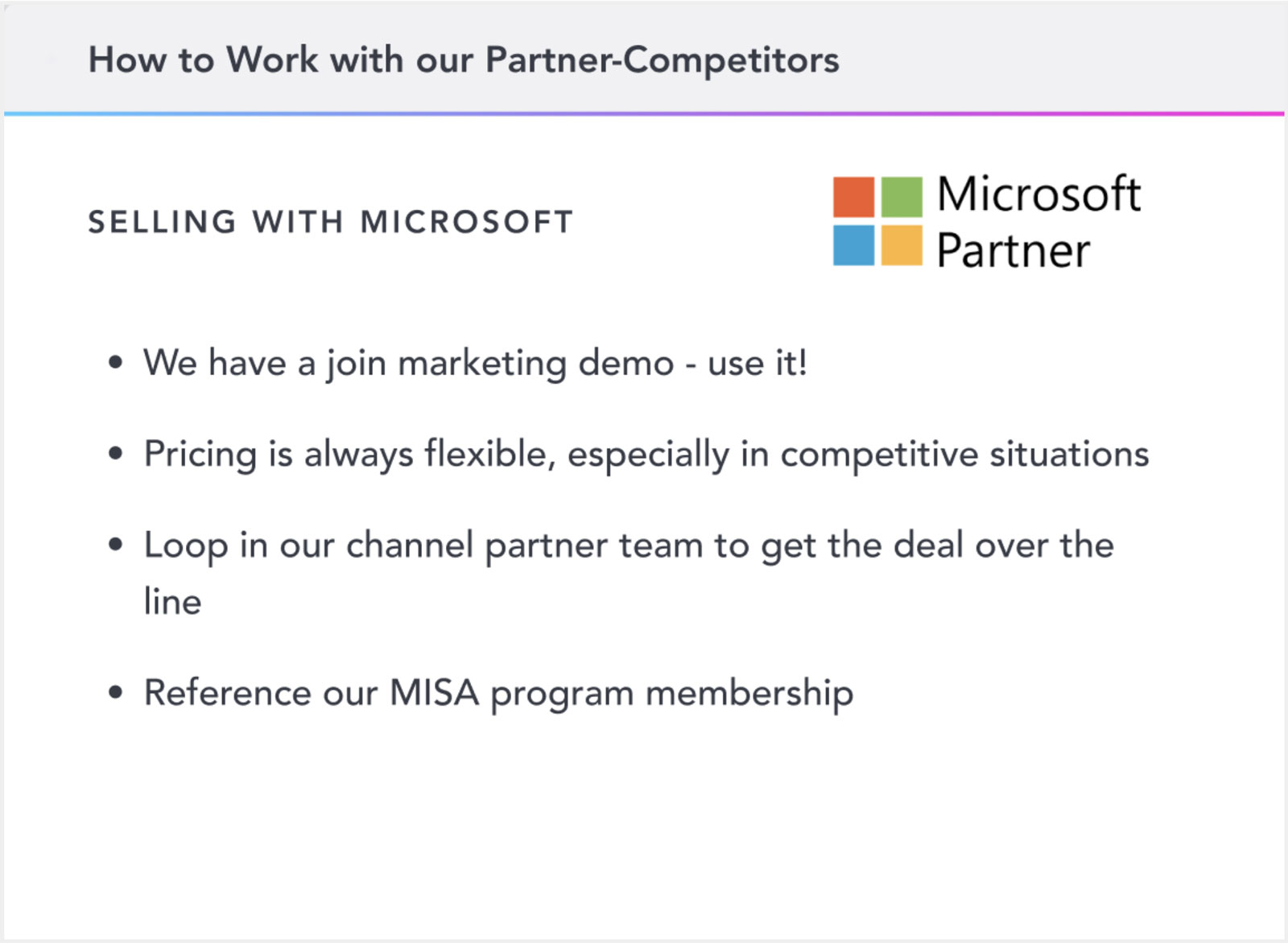
Examples of Direct and Indirect Competition
- Samsung vs Apple – The smartphone leaders have battled it out directly for years.
- McDonalds vs Domino’s – They’re different restaurants but are indirectly vying for the same customer.
- Playstation 5 vs Xbox – Industry giants with a decades-long rivalry.
- Uber & Lime – You can take a scooter or call an Uber, either way these indirect competitors want your business.
Creating a battlecard can help you visualize your landscape of direct vs indirect competitors.
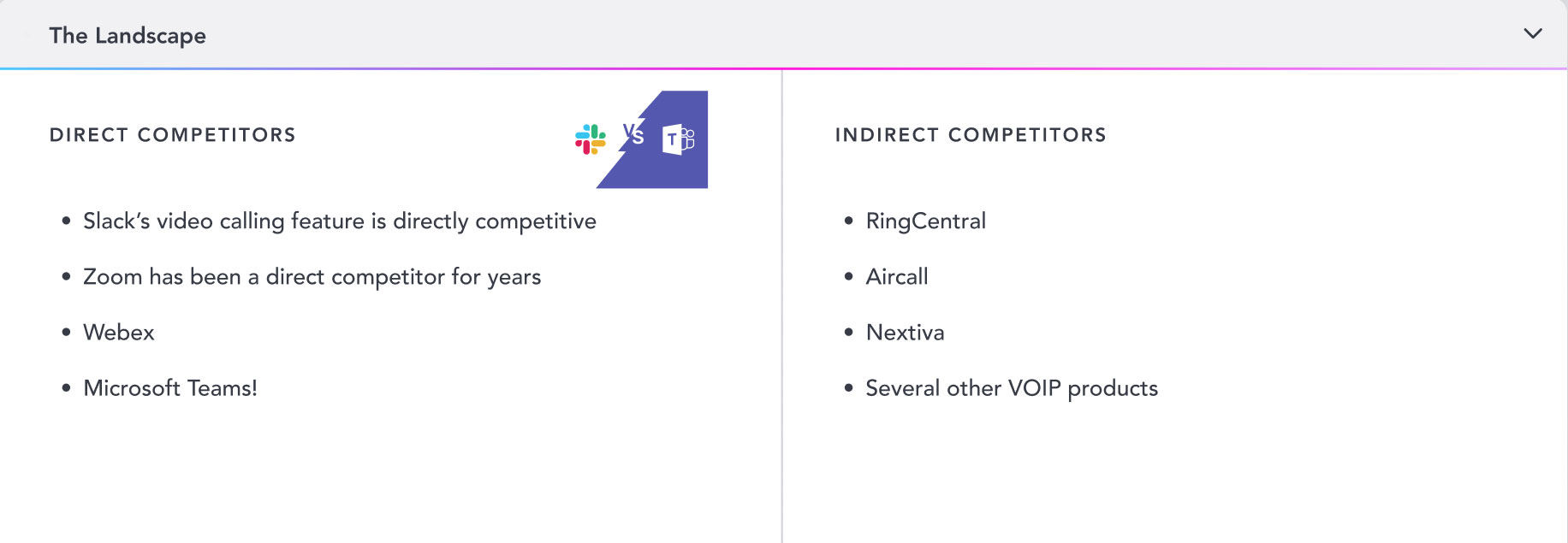
Additionally, a tool like 1up can help automate questions about your competitors:

Understand the Competing Products
Using a knowledge base to automate competitor intelligence can help you quickly answer questions about your opponents’ products, features, and functionality. It enables you to understand differences between your product offerings, find out what new features and messaging your competitors are promoting, and reveal hiring trends to learn how they might be investing in R&D.
Visualize Your Competition’s Messaging
An automated competitor analysis tool can help you track marketing messaging, positioning, and collateral with ease. It can even tell you if a competitor is copying you by helping you answer questions like:
- What key phrases are they using?
- Does competitor X have a USP that’s effective for them?
- How has competitor X’s messaging evolved over time?
Queries like this can be automated with 1up like this:

Track Competitor Events and Webinars
You should know what your competitors are doing in the real world as well as online. Setup a calendar of their events to keep tabs on their activity and get automated alerts & summaries on their webinars. Watching competitor videos is another great source of data, especially when it comes to digital product demos and webinars.
It’s imperative to knowing who your competitors are in your target market and specific segment, especially given the constant changes in the landscape.
Frank Villavicencio, Chief Product Officer – Greenshades Software
Monitor Competitor Finances
Where is your opponent’s capital coming from and how are they investing it? How much are they spending and on what? How much revenue did they generate? What is their sales rep quota? From venture capital to burn rates and beyond, you need to keep an eye on the financial health of your competitors.
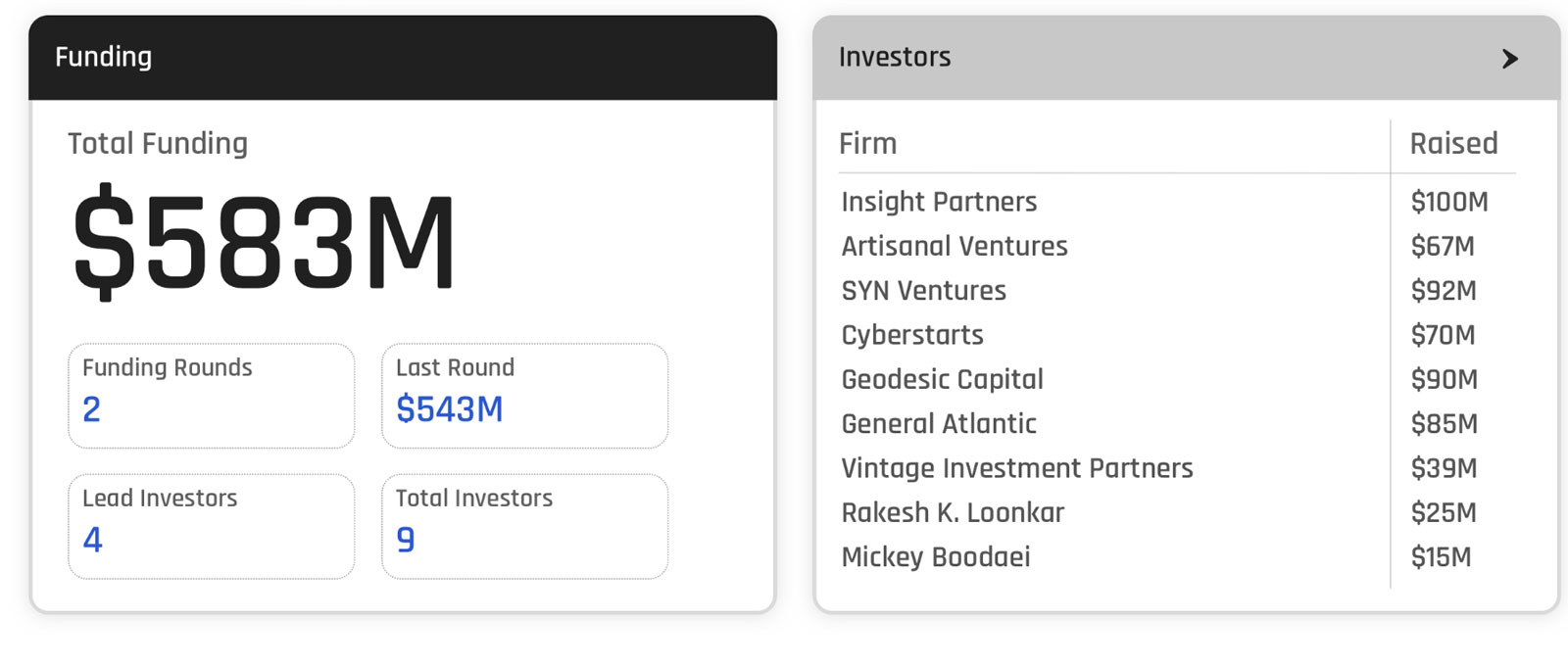
Track Competitors Employees
Your competitor isn’t some abstract concept or entity—it’s a team of people. And they’re good at what they do. Knowing who your competitors’ people are means monitoring their hiring and firing activity, retention rates, and the general feelings among employees.
With a tool like 1up, you can spot trends and answer questions like, “Who is my competitor hiring and where?” – you can see what departments they’re investing in, get alerts on key hires and churn rates, and know how people feel about working there.
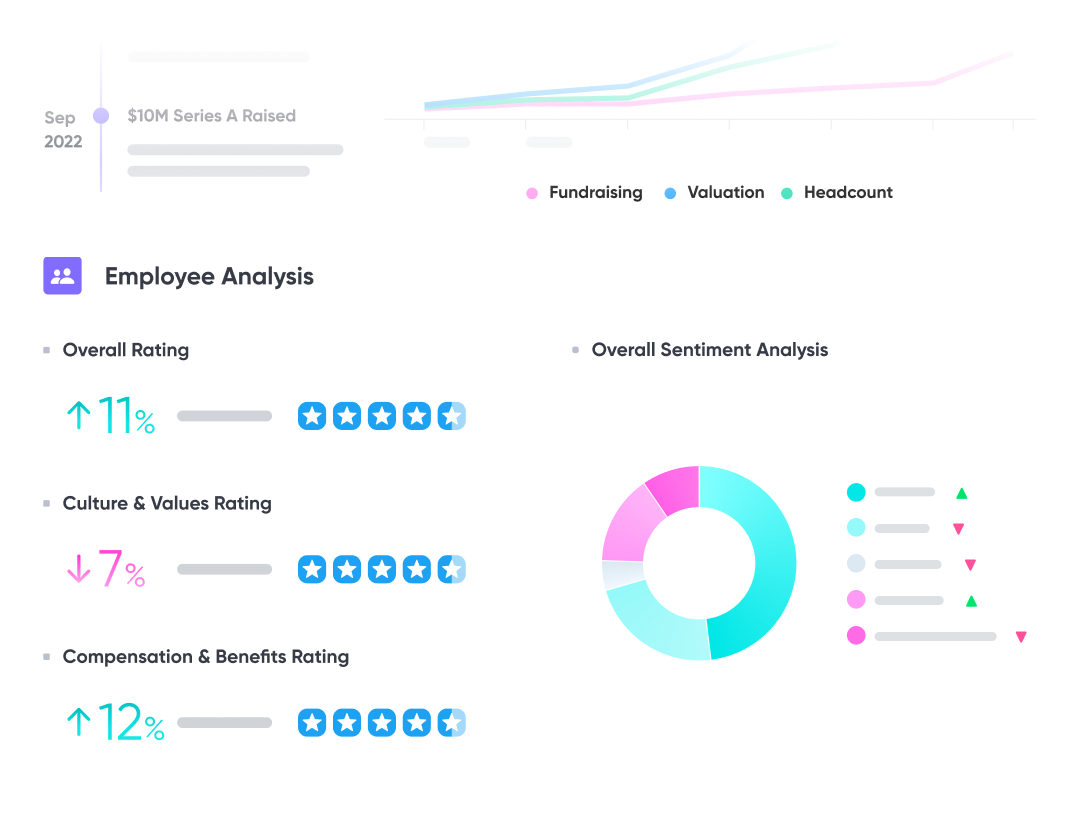
Track Customer Sentiment
One of the best ways to learn about your competition is by looking at their customer base. Why are users buying the product? Where does the competitor focus their efforts? How do people feel about the competitor’s product?
Combining a variety of signals both public and private can help you track a competitor’s customers. Plugging this data into 1up can give you an idea of how customers feel about your competitors, and how you can use that to your advantage.
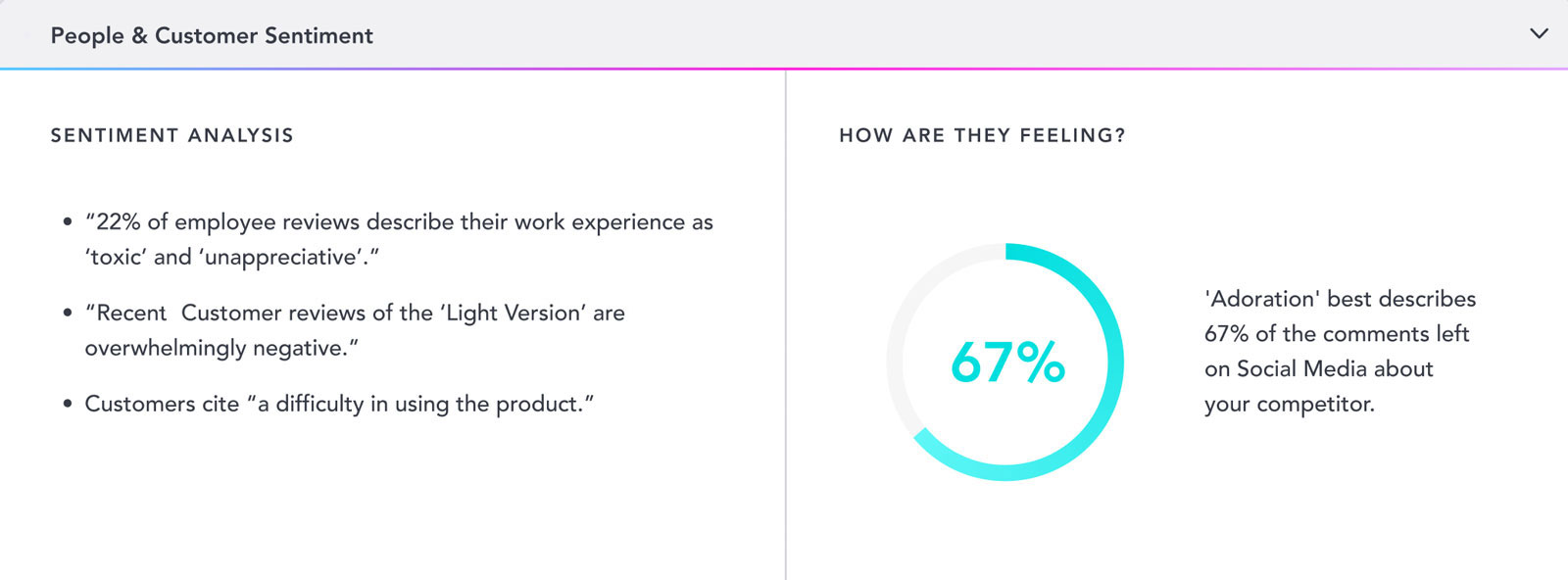
Being able to pull competitive analytics across multiple segments is the foundation of a strong GTM strategy. But data alone is not actionable. Sales & Marketing teams need to be able to glean insights that guide their strategy and messaging. They need a fast and easy way to respond to customers and handle objections.
How do you effectively bring this data together for your team?
Visualize your Landscape with a Competitor Matrix
When a sports team steps out onto the field, what do they see? The opposing team, the goal, the scoreboard, the audience, the weather…
Understanding your competition goes beyond just looking at another business; you need to know what the rest of the playing field looks like.A competitive matrix is a simple visualization of the key players in a market. Once you know who is participating in your industry, the competitor matrix can help you see your own positioning as well as that of your opponents.
Famous examples of a competitive matrix include the Gartner Magic Quadrant:
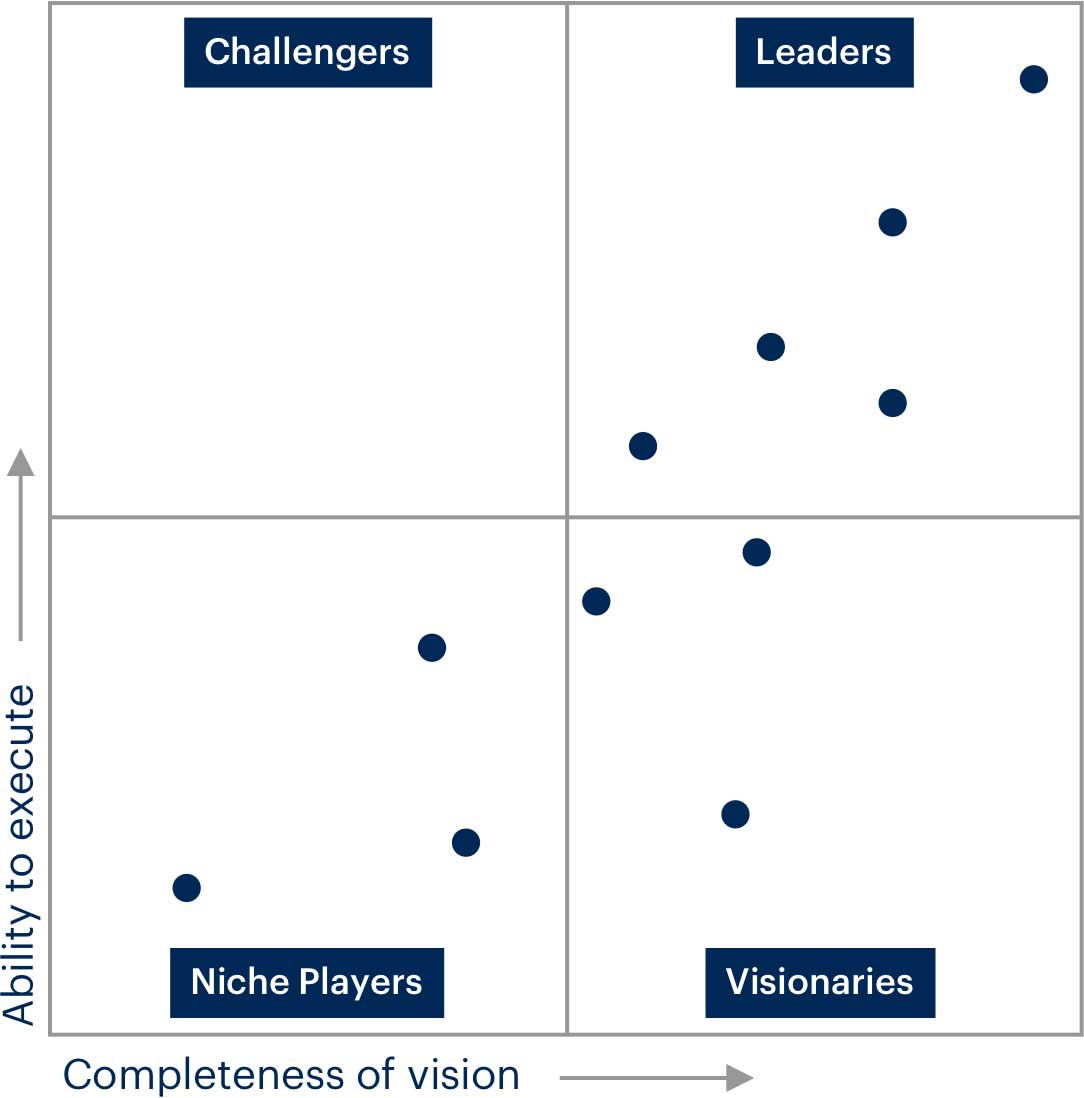
Or the Forrester Wave, which takes a radially different approach to showing how competitors rank. The X and Y axes are unique in that they allow for businesses to also be graded on their maturity.
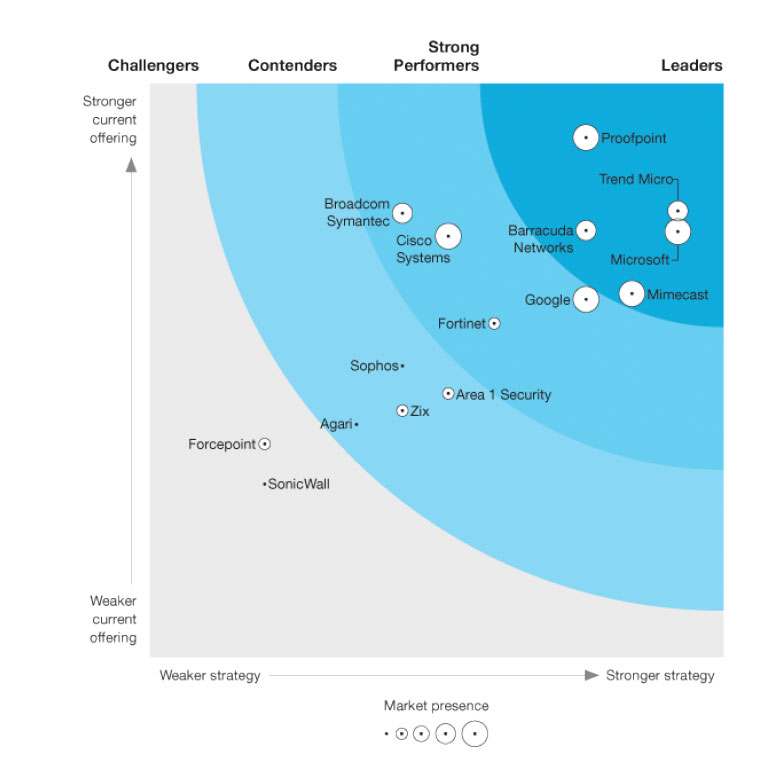
Defining your competitive market and knowing where you stand relative to others is critical. Investing in the people, process and technology of strategic CI enables you with a confident and defensible edge.
David Mahdi, Chief Strategy Officer – Transmit Security
Examples of Competitor Matrix Templates
Generating your own competitive matrix can help you understand how your company fits into the landscape and beyond.
Here are some of the commonly used competitor matrix examples that we’ve seen.
Competitor Landscape Template: 2 Feature Chart
The 2-feature axis is a simple way of visualizing competing companies or products. It’s not quite like the Gartner Magic Quadrant but the basic premise is the same. Companies are ranked on an X and Y axis.
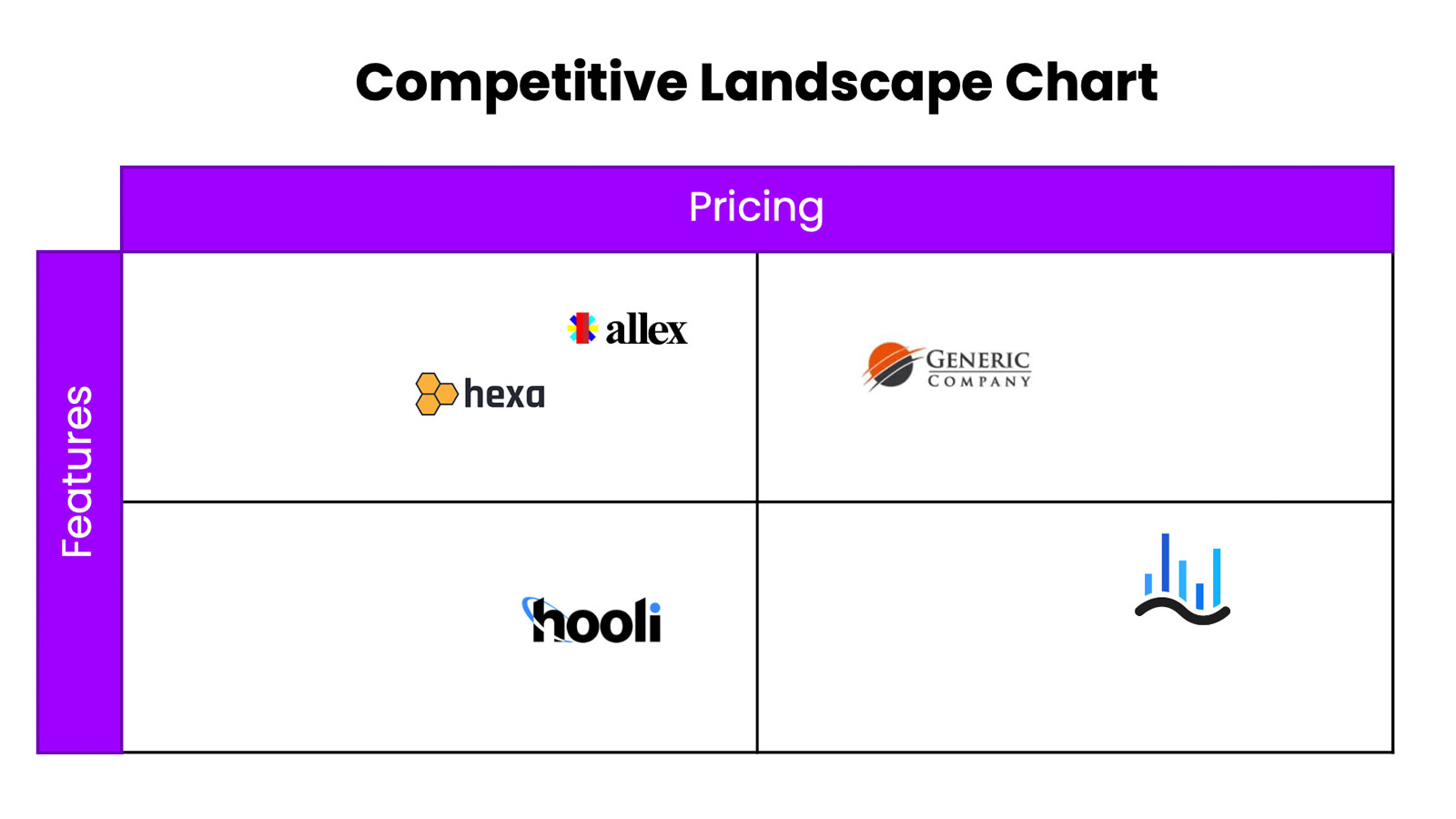
Competitor Analysis Model: SWOT
The SWOT analysis is a classic framework that evaluates a company’s strengths, weaknesses, opportunities, and threats.
SWOT is used to better understand a company’s competitive position in the market and define the best strategy moving forward. It combines an internal and external view of the company to provide a realistic, multi-dimensional view of the organization. Companies use competitive analysis frameworks such as SWOT to guide them through strategic planning sessions, QBRs, and to help define their go-to-market.
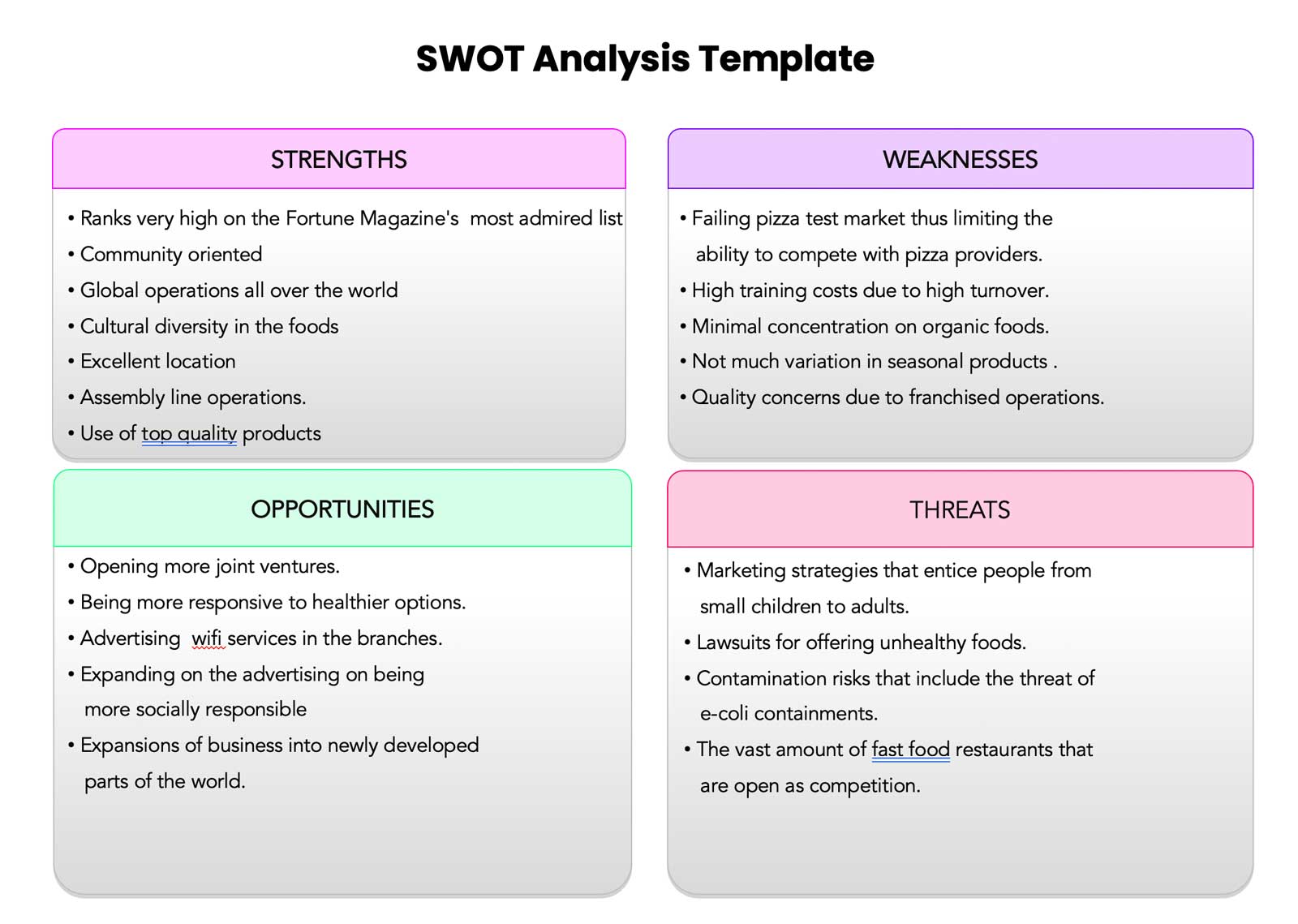
Battlecard Template: Us vs Them
This is probably the most common template used today. It’s a simple yet effective way to compare your product with that of your competitors is by visually comparing your products and services. The point of this template is to find overlaps, strengths, and weaknesses across multiple product features.
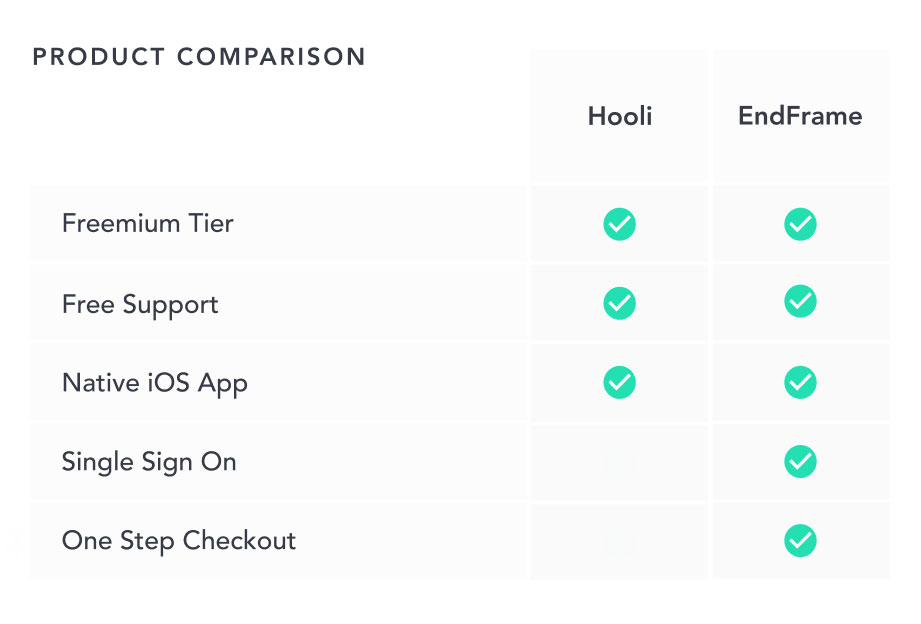
Battlecard Template: Pricing & Feature Parity
This approach takes the Us vs Them model and applies it to a competitive landscape. These tend to get a little noisy but are still a good way of showing how companies stack up across multiple categories.
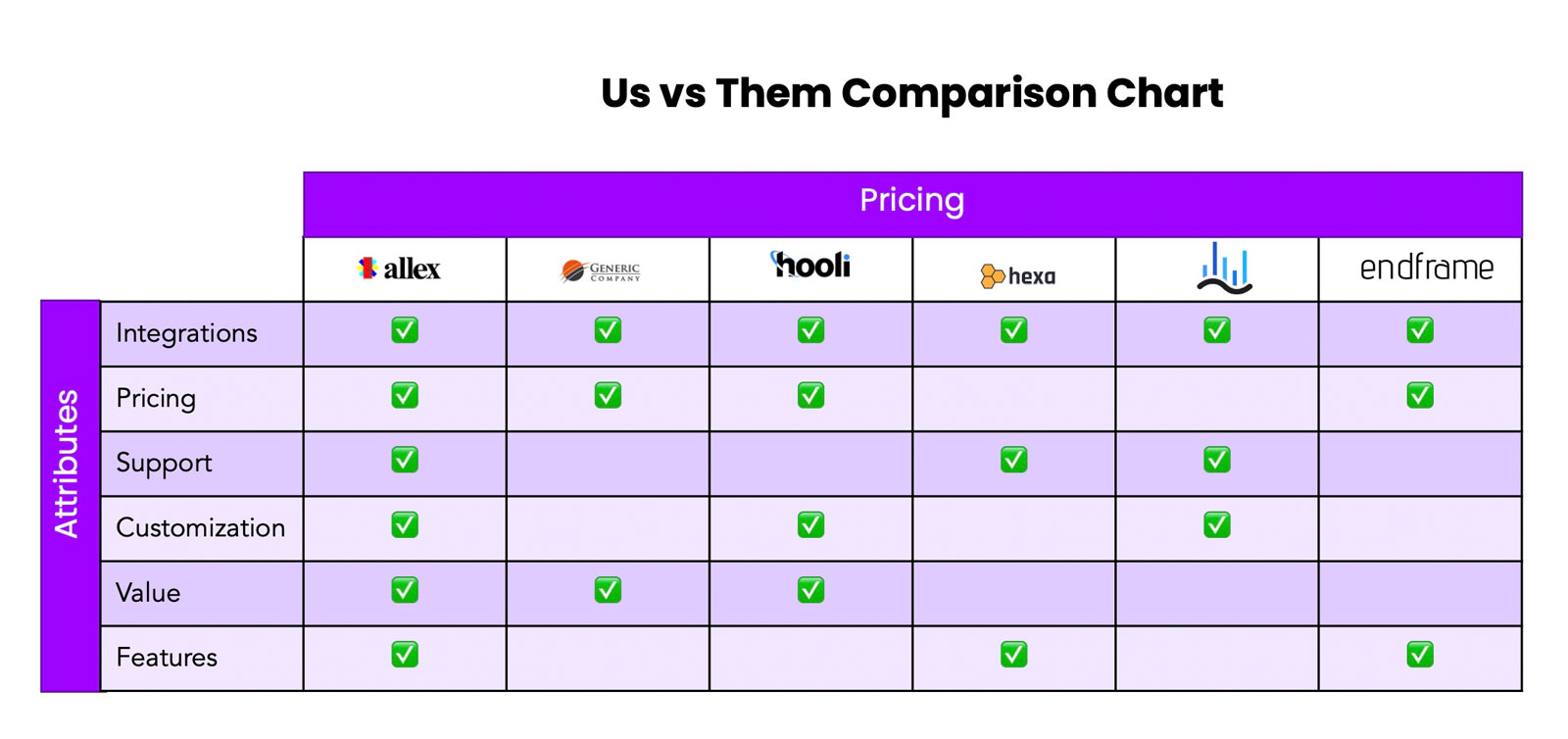
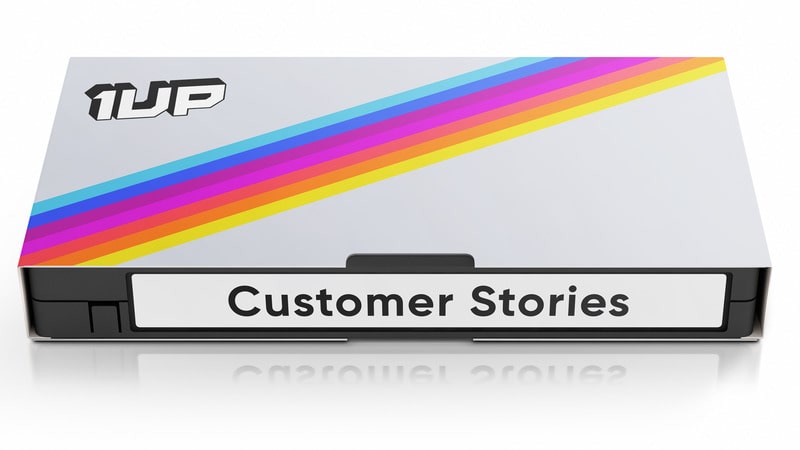

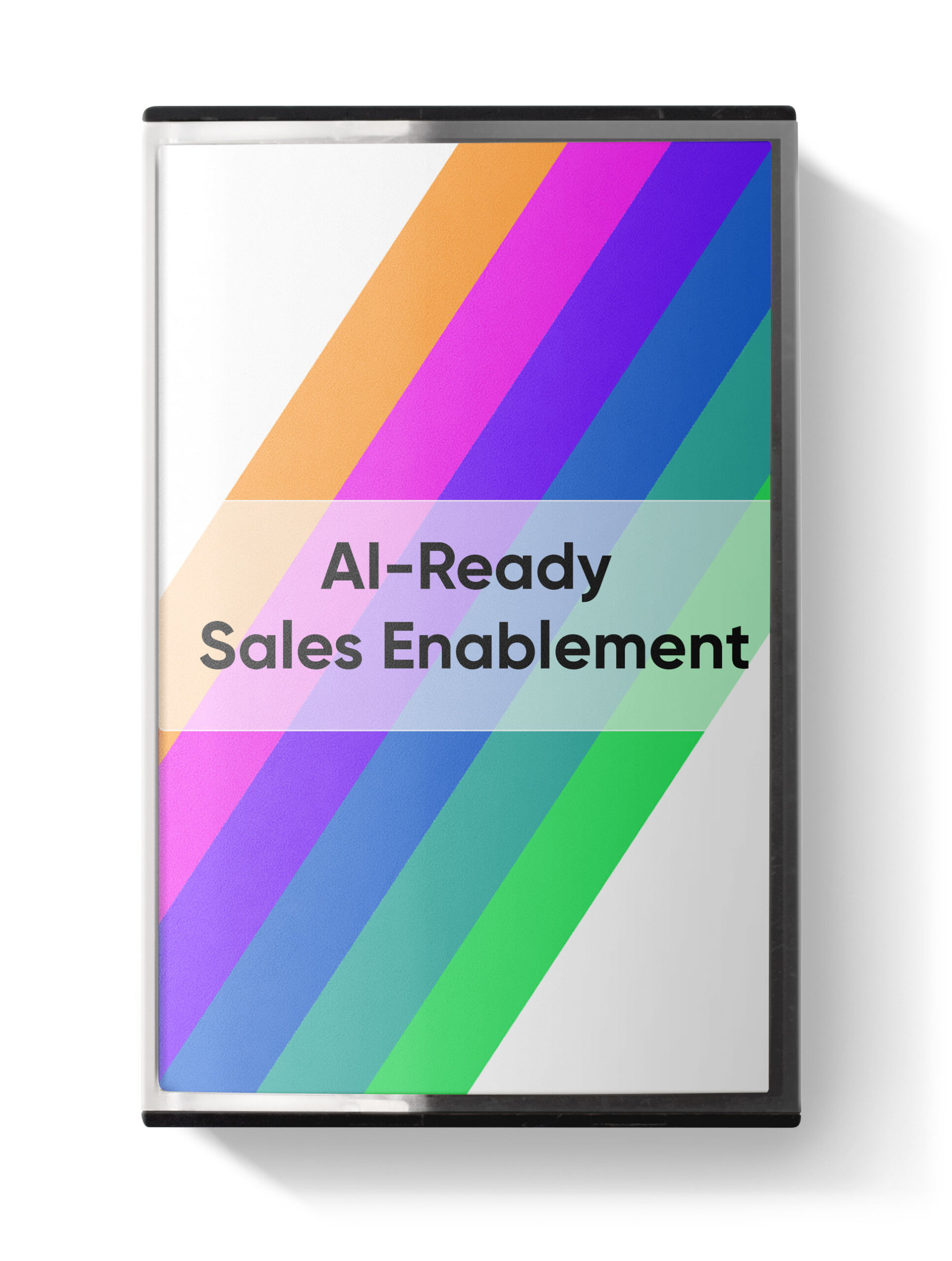
 Instagram
Instagram 


